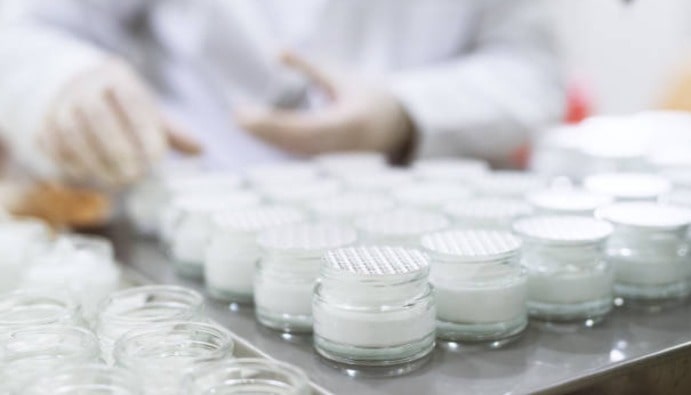Testing of Cosmetic Ingredients and Cosmetic Products
Many regulations, standards, guides or methods and cosmetic and personal care products pass through testing and analysis processes and controls around the world. The direct contact of cosmetics and personal care products with the skin and their absorption or oral entry into the body have also made it necessary to evaluate them in terms of human health.We can list some of the tests and analyzes carried out in cosmetics and personal care products as follows.
- OECD 431, In vitro skin corrosion: reconstructed human epidermis (RHE) test method
- OECD 435, In Vitro Membrane Barrier Test Method for Skin Corrosion
- OECD 439, In Vitro Skin Irritation - Reconstructed Human Epidermis Test Method
- OECD 437, Bovine Corneal Opacity and Permeability Test Method for Identifying Ocular Corrosives and Severe Irritants
- OECD 492, Reconstructed Human Cornea-like Epithelium (RHCE) Test Method for Eye Hazard Identification
- OECD 442C, In Chemico Skin Sensitisation
- OECD 442D, In Vitro Skin Sensitisation
- OECD 442E, In Vitro Skin Sensitisation assays addressing the Key Event on activation of dendritic cells on the Adverse Outcome Pathway for Skin Sensitisation
- In Vitro 3T3 NRU Phototoxicity Test
- OECD 471, Bacterial Reverse Mutation Test
- OECD 487, In Vitro Mammalian Cell Micronucleus Test
- Physical state, color, odor
- Solubility in water and related solvents
- pH and temperature conditions (Log Pow) with n-octanol/water distribution coefficient
- Flash point
- Boiling point
- Melting temperature
- Relative density
- pKa
- pH
- Viscosity
- Steam pressure
- UV light absorption spectrum of compounds or UV filters
- OECD 301A, percent deterioration > 70%
- Meets a percentage of deterioration of OECD 301B, OECD 301D, OECD 301F or OECD 310 > 60%
- Biodegradability


